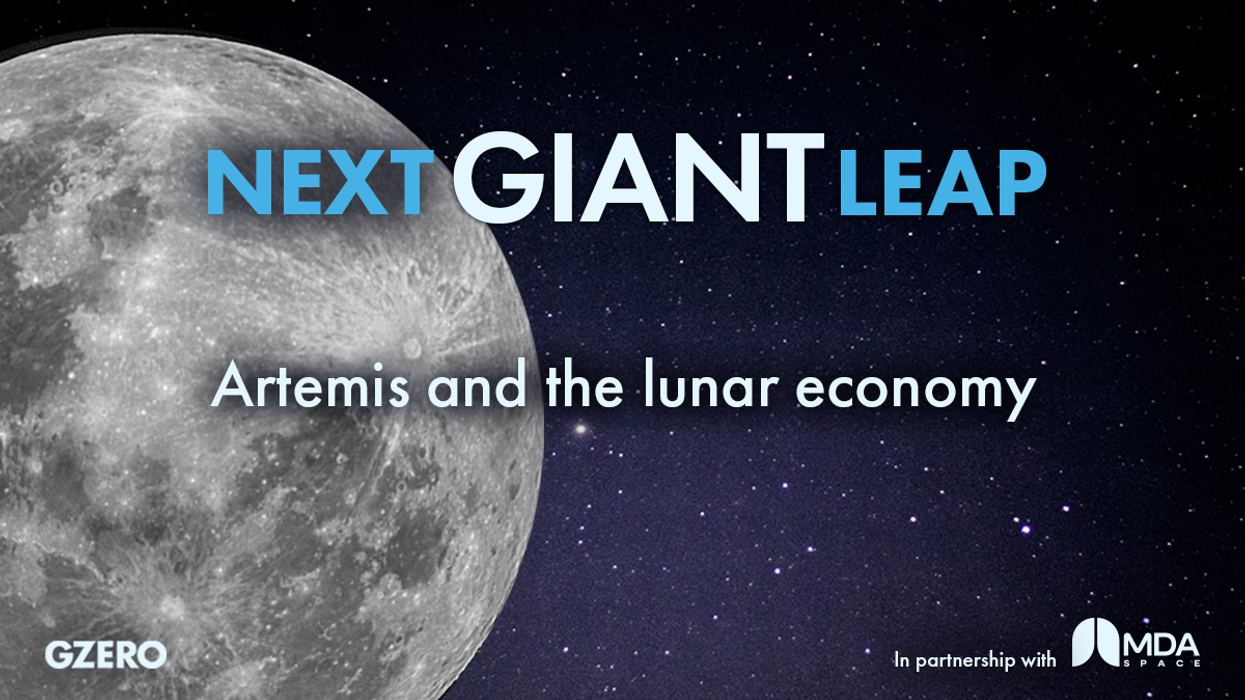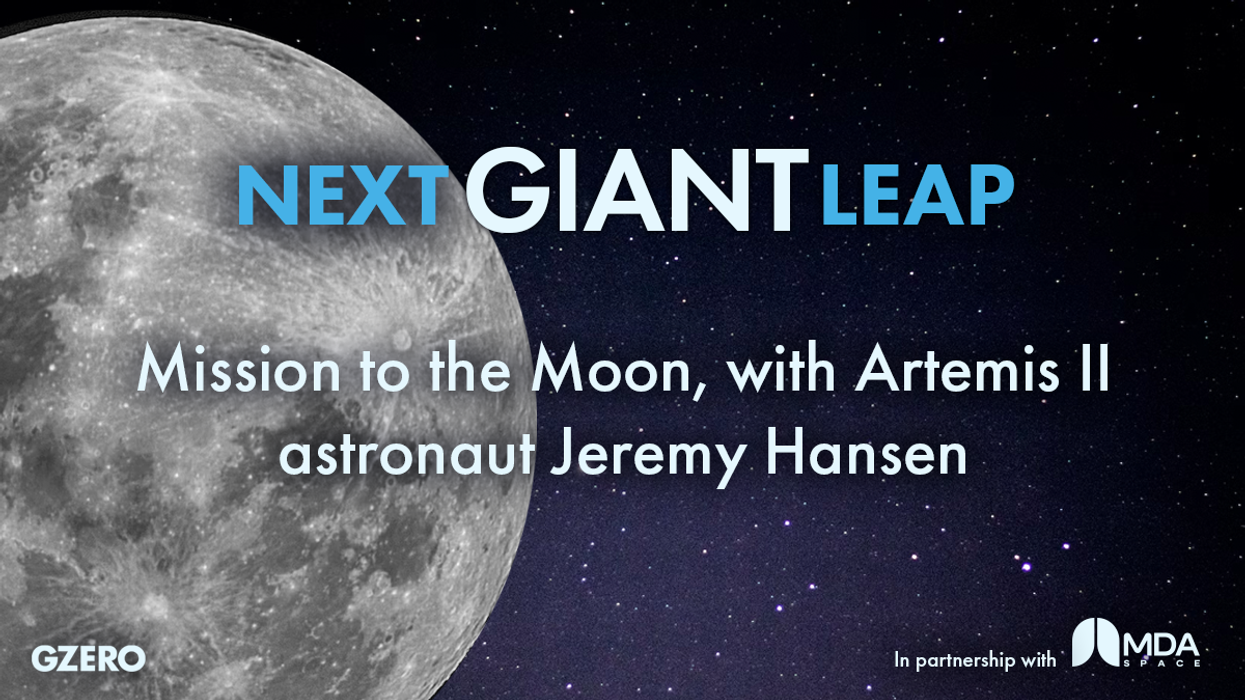Next Giant Leap
Artemis and the lunar economy
Listen: There is a big difference between NASA’s current Artemis program and its Apollo program of five decades ago. This time, there is a long-term plan for humans on the moon. In the latest episode of the podcast series Next Giant Leap, NASA astronaut Raja Chari tells host Kevin Fong that the most valuable known resource on the moon is water ice, which could be used to sustain life in lunar bases.
Jun 19, 2023


